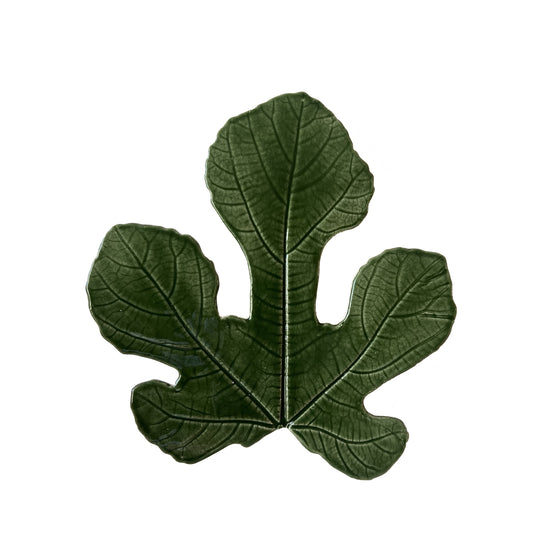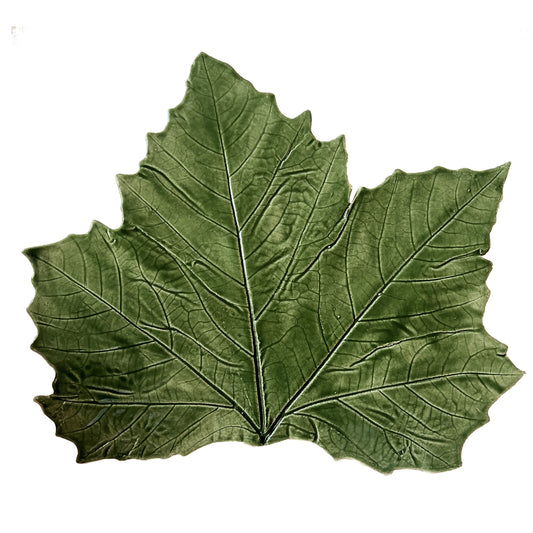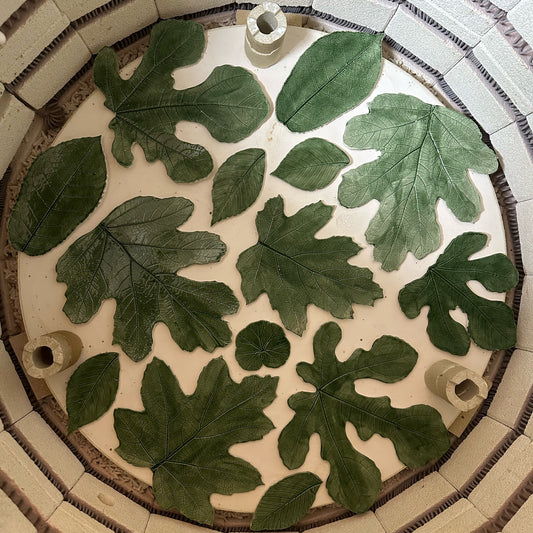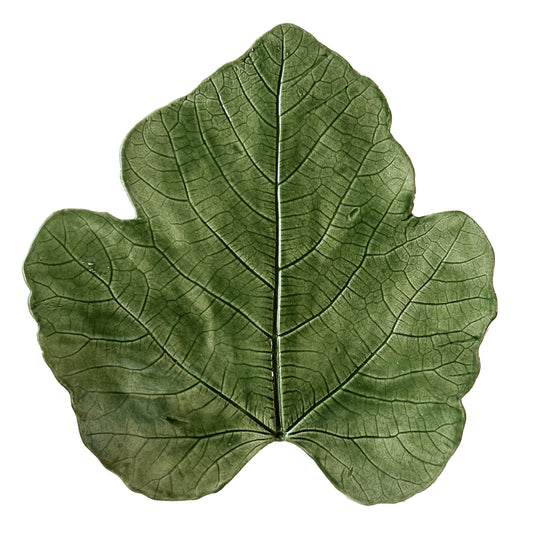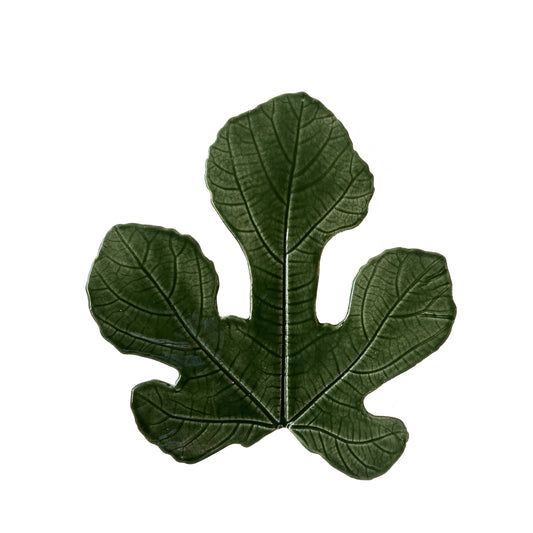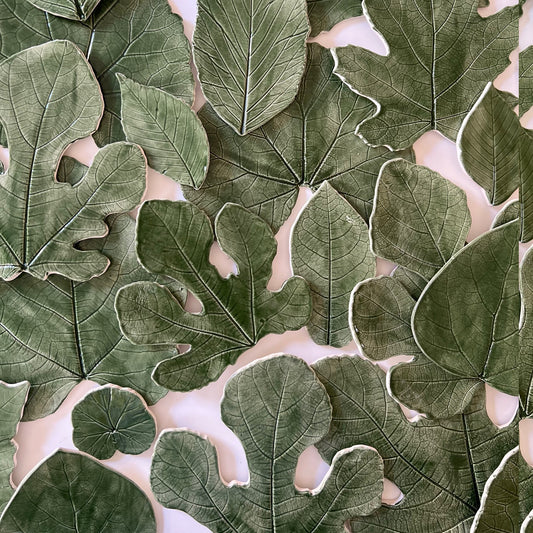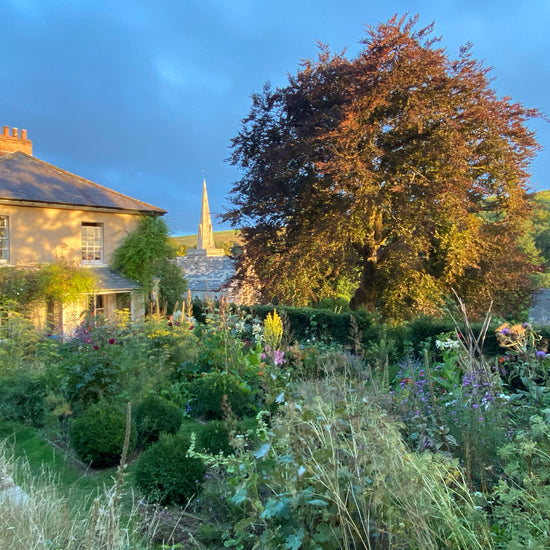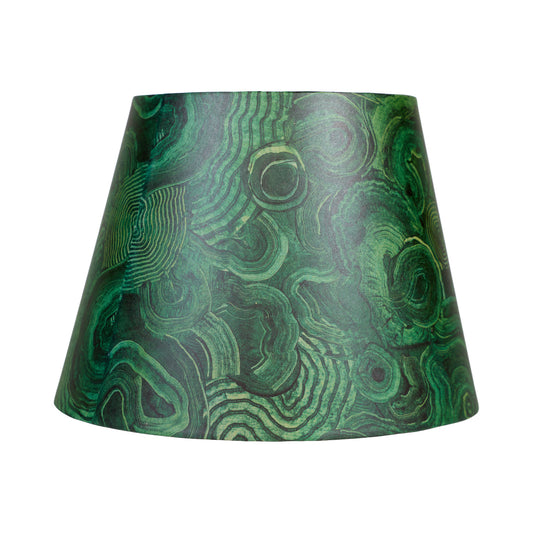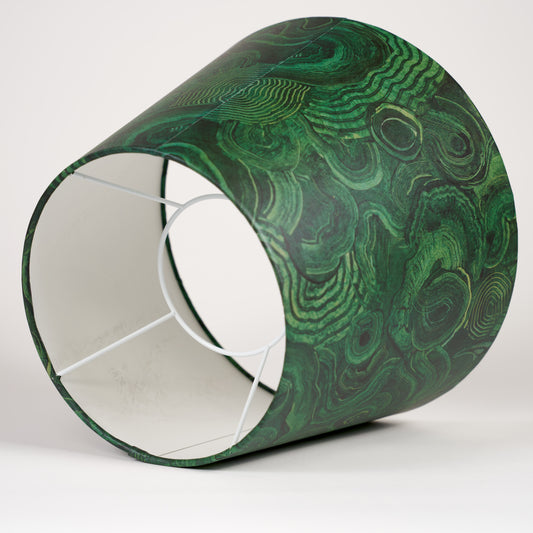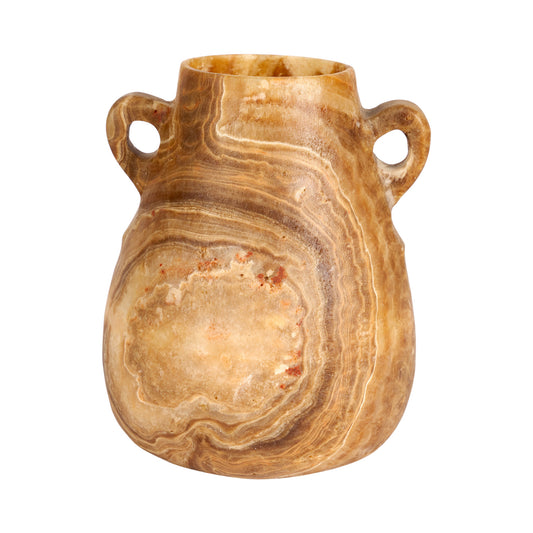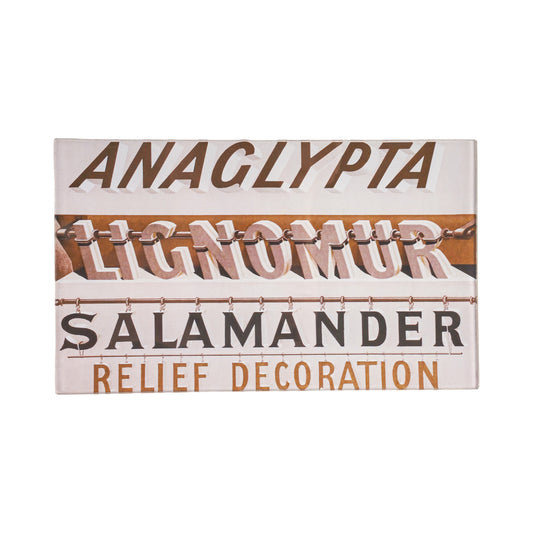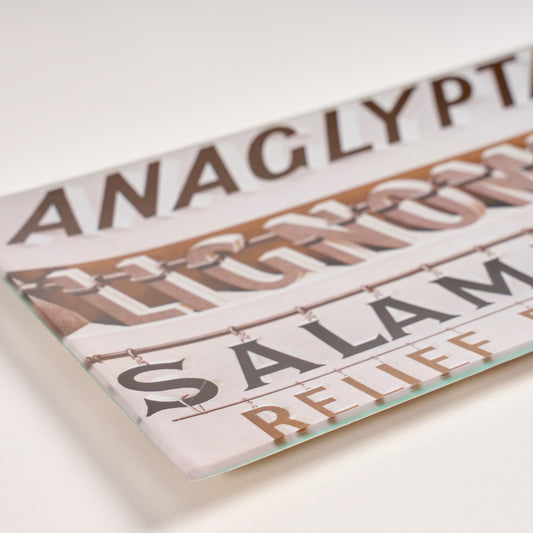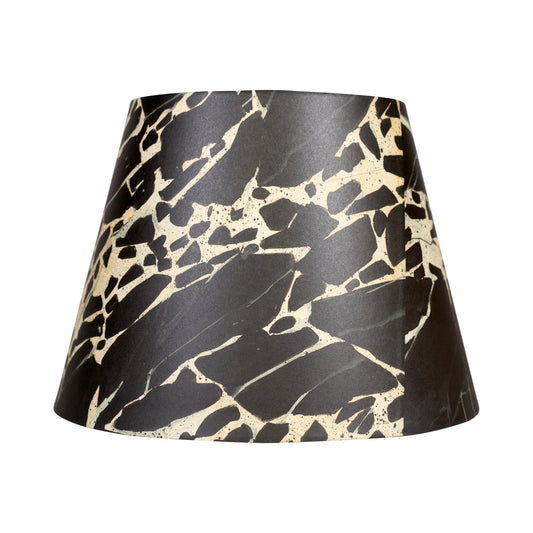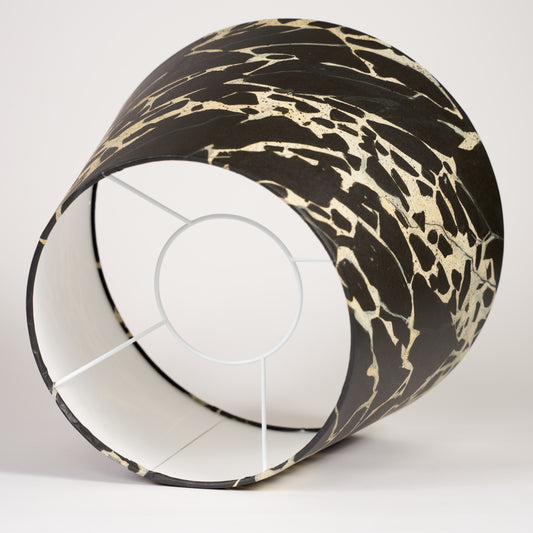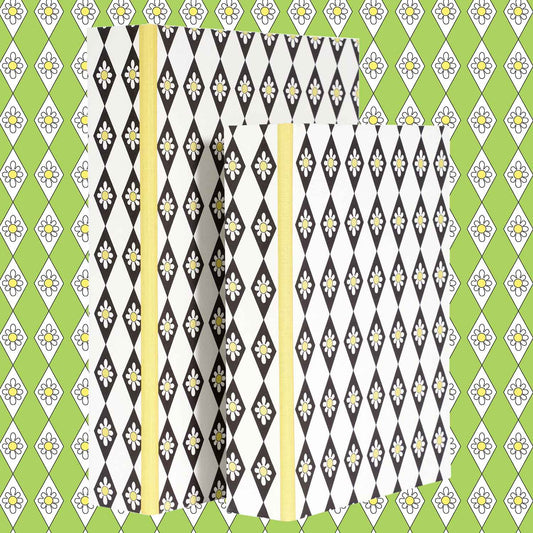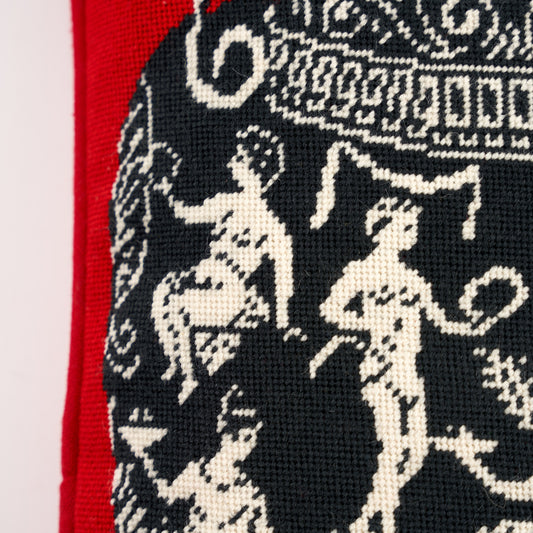It’s a stormy, windy night in Dorset. A gale is tearing through the valley, and Charlie, Mavis, Henry and I are sitting by the fire hearing the rain dash against the shuttered windows: a good night for ghost stories.
This afternoon we went over to the Isle of Purbeck. For a long time, people have been telling us about the so-called “Lost Village” of Tyneham, although I think maybe the first time I’d really read about the village was in my lovely Rena Gardiner book of the Isle of Purbeck, which I wrote about some time ago here. Here was Rena’s mysterious illustration and description of the decaying manor house back in the late 60s:

(Oh, and there is a very small number of the recent reprints of Rena’s Isle of Purbeck book, still available in the shop here).
During the war, the wide, spacious land that surrounded this remote village was requisitioned by the War Department, as the army began to prepare for D-Day. On 19th December, 1943, the entire village was evacuated, with a promise that ‘once the emergency was over’, the villagers could return. It was never to be.
At the end of the war, with the growing threat of the Cold War, the Ministry decided to retain the land to be used for gunnery practice; still today, whole tracts of the remarkable Purbeck coastline are closed, except during weekends. I haven’t ever been here when the guns are firing, though anyone who lives near these army ranges – like the Salisbury plain – will be familiar with that dull thud of distant shellfire that connects us instantly with earlier, more violent times or places.
The story of Tyneham, and the protests and campaigns, fought during the 60s and 70s, by former villagers, to be allowed to return to their church and village, and to open the place up gradually to public access, is well documented on the internet. But we didn’t know what to expect, on this freezing, blustery day.
A tiny, derelict row of cottages by a duck pond greets the visitor; an old phone box has been restored outside.


Roofless and forlorn, the houses are sad as graves.
Brilliant, evocative and informative displays in each cottage or house show old black and white photographs of each in their heyday. Here is Harry and Edith Barnes, and their daughter Phyllis, outside the post office in 1911:

Here, in 1907, Annie Fry the schoolmistress; Jane Pitman, the postmistress; and Polly Tizzard, her sister.
Peter Driscoll in the Post Office garden:

The postman’s sidecar in 1939:
Empty chimneys are all that remain.


In the shepherds’ cottage, next door, this photo of 1917;

Shepherd Lucas, seated on the right, in 1905:
In the Labourer’s cottage, next door, this photograph of Percy Kerley, Fred Lucas and Bill Holland, in the fields, in 1911:

Ernest and Evelyn Whitelock, 1929:
Ernest on his tractor, the first on the farm at Tyneham, in the harvest of 1942 – just over a year before the evacuation:


The school – Mrs Pritchard and her pupils, in 1927:

A tree by the churchyard:




It was a landscape of Paul Nash and Ravilious:





On the afternoon of the evacuation, a notice was pinned to the door of the church –

Please treat the church and houses with care. We have given up our homes, where many of us have lived for generations, to help win the war to keep men free.
We will return one day and thank you for treating our village kindly.
Next door, Rectory Cottages:
Albert Biles lived at the cottage; here is his daughter Dorothy, with her aunty Daisy: Albert Biles, who gardened the Rectory:
Albert Biles, who gardened the Rectory:

The schoolhouse, like the church, is restored.


In a corner of the village, the remains of the Rectory:




A path leads down to Gwyle cottages:


As they were:
Harry and Marjorie Grant, at Gwyle Cottages, in 1931:
Arthur Grant, with his new bicycle, aged 7:





The remains of Tyneham House itself are hidden deep in a wood, away from public view. The army demolished most of the ancient and venerable building in the late 60s.
 We walked down to Worbarrow Bay…
We walked down to Worbarrow Bay…

Where again, one felt as if we had stepped through a canvas by Nash or Ravilious. Storm clouds rolled in on a freezing wind.







In the valley driving out is this handsome old farm.

What is missing from this landscape? Well, there is no building, no evidence at all, needless to say, of life in the second half of the twentieth century. I wondered briefly what these hills would have looked like with the inevitable inroads of bungalows and plastic windows, of road signs and caravan parks and tourist paraphernalia. The absence of all this is as tangible as the families themselves.
Leaving Tyneham, the tiny single track lane, without any markings, travels high up on the hill, with great sweeping views down to Poole Habour and across an utterly deserted part of Dorset. We felt almost back in New Zealand (except for a few cabbage trees and Maori caves missing).




And we made our way home, rather more silently than usual.



